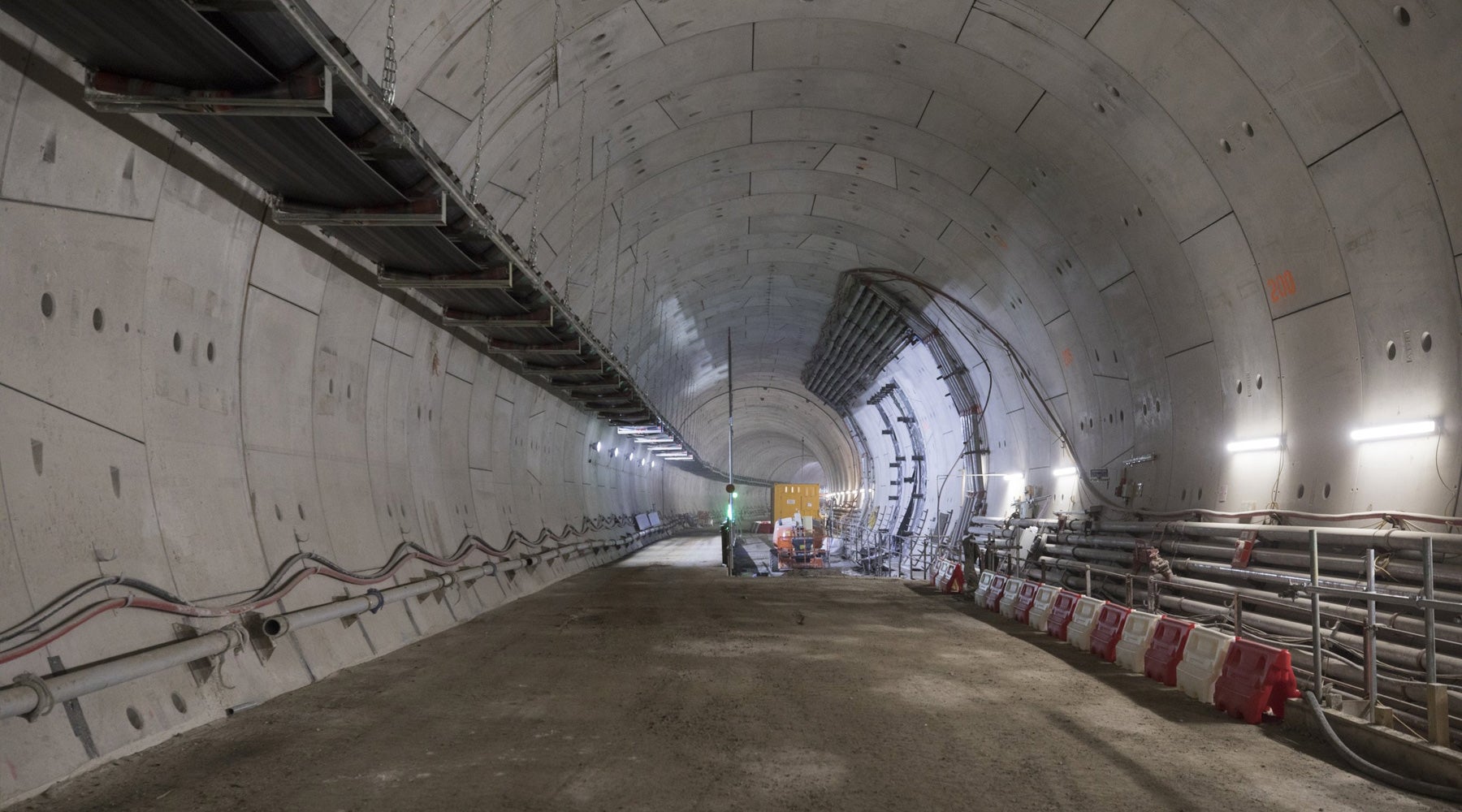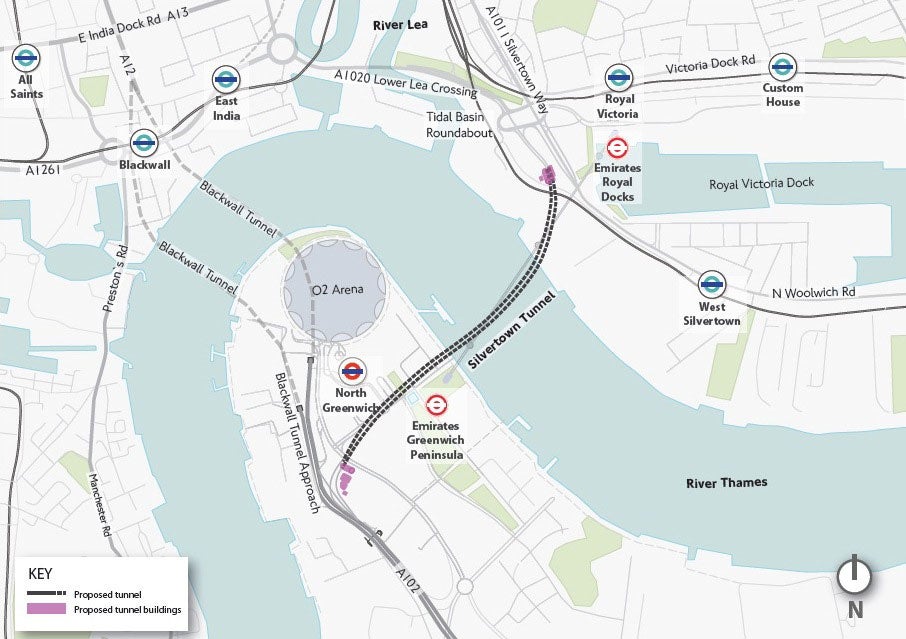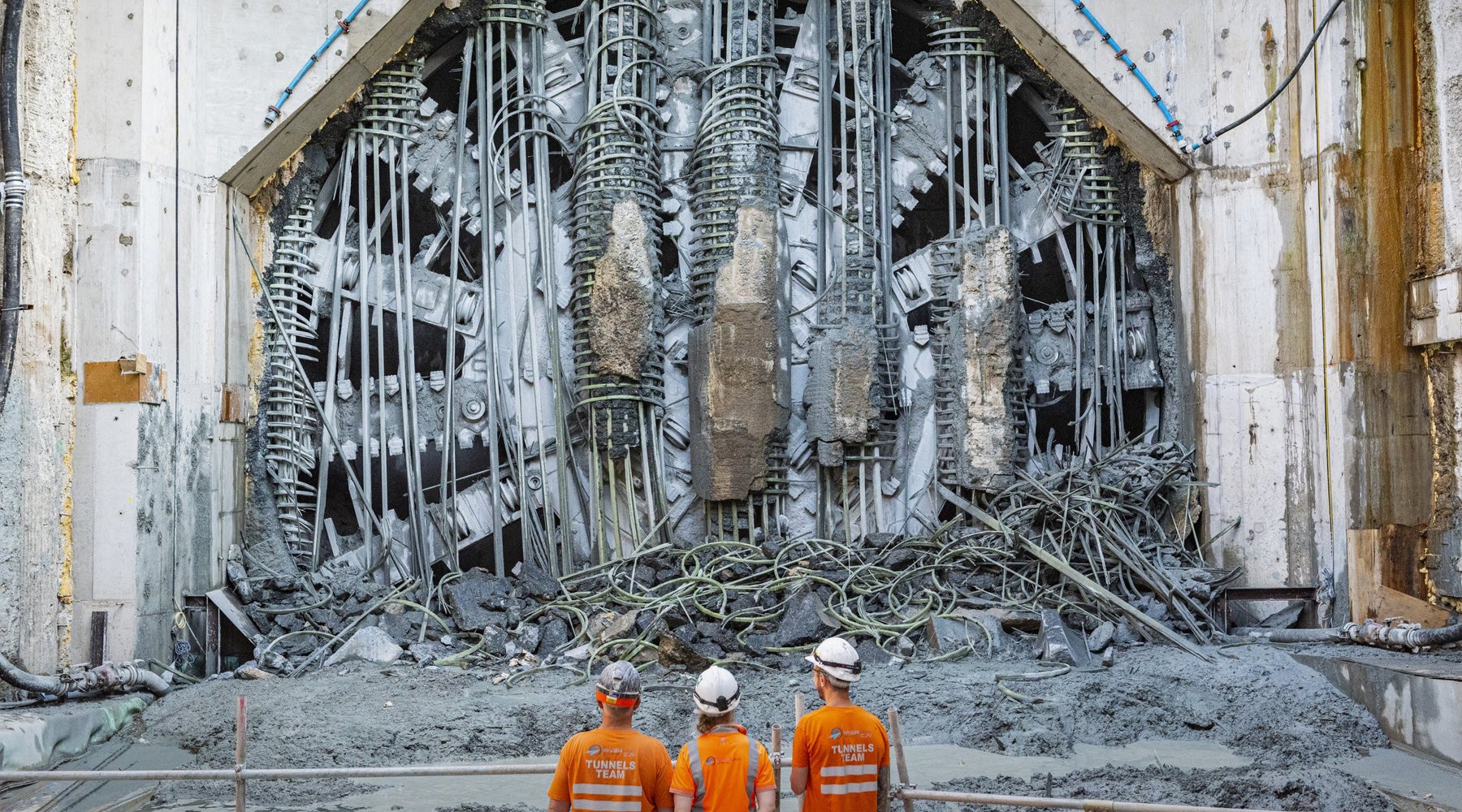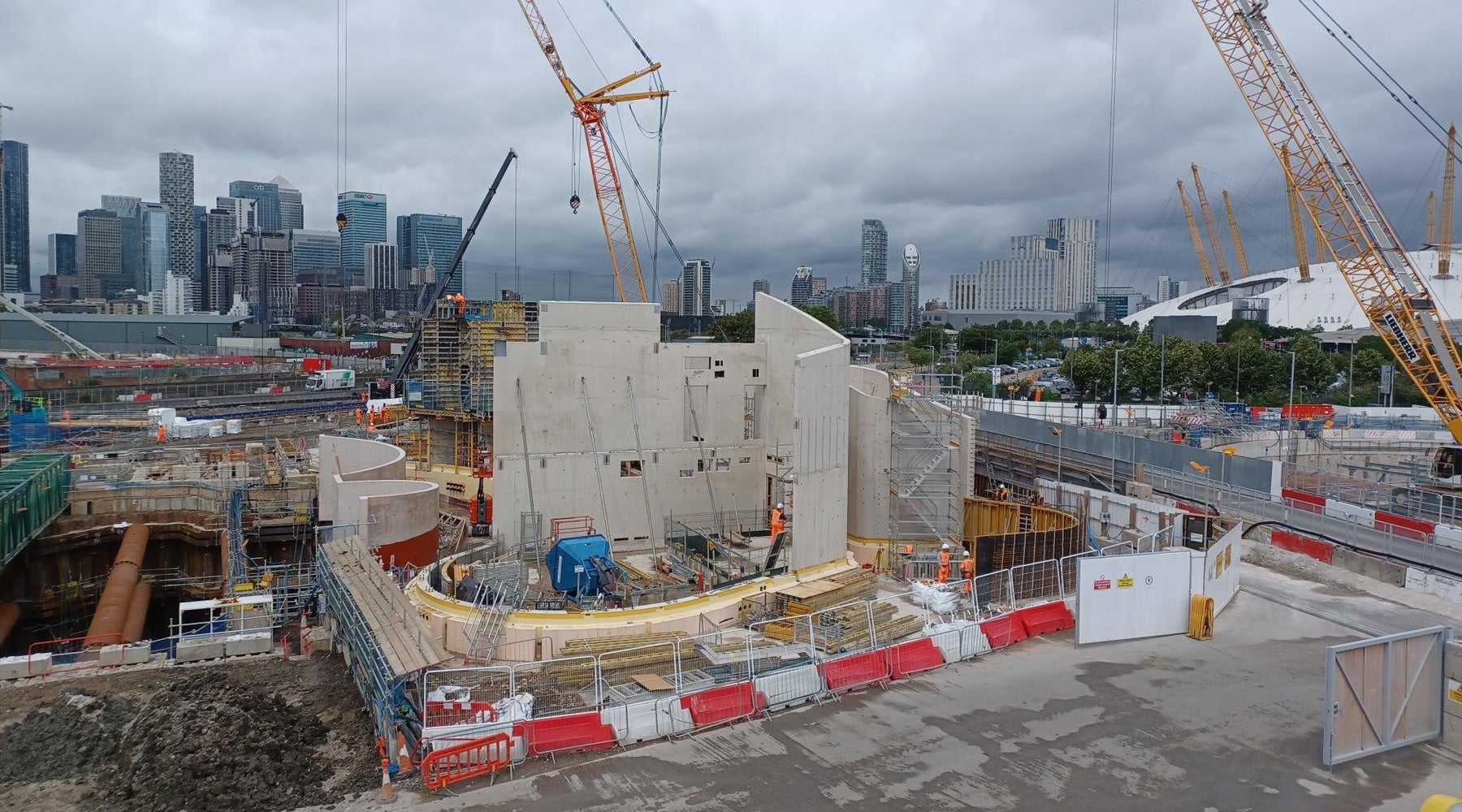Inside the new £2.2.bn Silvertown Tunnel
TfL has confirmed the tunnel will open in summer 2025

Your support helps us to tell the story
From reproductive rights to climate change to Big Tech, The Independent is on the ground when the story is developing. Whether it's investigating the financials of Elon Musk's pro-Trump PAC or producing our latest documentary, 'The A Word', which shines a light on the American women fighting for reproductive rights, we know how important it is to parse out the facts from the messaging.
At such a critical moment in US history, we need reporters on the ground. Your donation allows us to keep sending journalists to speak to both sides of the story.
The Independent is trusted by Americans across the entire political spectrum. And unlike many other quality news outlets, we choose not to lock Americans out of our reporting and analysis with paywalls. We believe quality journalism should be available to everyone, paid for by those who can afford it.
Your support makes all the difference.Transport for London has given media a first look inside the Silvertown Tunnel, a multi-billion pound infrastructure project built to reduce pollution and ease congestion around the Blackwall Tunnel.
Slated for opening in 2025, the tunnel, which runs for 1.4 kilometres under the Thames, will link the Greenwich Peninsula with Silvertown, a district in the borough of Newham. It is the first project of its kind in the capital for over 30 years.
The TfL website claims the tunnel will “reduce chronic congestion at the Blackwall Tunnel and allow for better public transport links, including more cross-river bus journeys”.
The construction project will cost around £1bn, with a further £1.2bn to be paid over the next 25 years in annual payments, under the terms of a contract signed with a private finance initiative.
The project has been controversial in some parts, with worries about its environmental impact and suggestions that it may in fact worsen traffic and congestion.
Silvertown Tunnel map

The tunnel lies within the Ulez zone, and connects the A1020 in Silvertown to the A102 on the Greenwich Peninsula. It extends from the Royal Docks, not far from City Hall, to north Greenwich, near the southbound exit for the Blackwall Tunnel.
Will the Silvertown Tunnel be free or have a toll?
TfL has announced that the tunnel will run a toll upon opening, while the Blackwall Tunnel will also start operating a toll from 2025. The exact amount is uncertain, and is due to be revealed next summer, but the BBC reports that it could be between £3 and £5 each way for a normal car.

The tunnel will have a lane for buses and large HGVs, though cyclists will be banned from using it.
When will the Silvertown Tunnel be finished?
According to TfL’s timeline, registration “for user-charging accounts” will open this year, and the tunnel itself is planned to open at some point in 2025.
Work on the tunnel began in 2021, having been reviewed by London Mayor Sadiq Khan when he first came into office in 2016. TfL applied for a Development Consent Order that same year, and was awarded it in 2018.
In July 2023, the second bore of the tunnel was completed, and TfL says that “significant progress continues on both sides of the river to develop the two tunnel portal buildings”.
In addition, a new walking and cycling bridge across the A102 opened in July 2023.
How will the tunnel help traffic flow in London?

Each tunnel will have two lanes. One will be for cars and the other for buses and HGVs, which currently cannot use the Blackwall Tunnel due to height restrictions. Special cyclist-only buses will be put on for cyclists to take their bikes across.
TfL says that the tunnel will “reduce delays and queues at the Blackwall Tunnel, with journey times up to 20 minutes faster”. Around 20,000 extra vehicles a day will use the tunnel, with tolls helping to control traffic levels while preventing some new drivers from habitually using it. At present, around 100,000 vehicles use the Blackwall Tunnel every day.
The project will also provide “more opportunities to cross the river by public transport with a network of zero-emission buses offering new routes and better access to more destinations”.
Local campaigners who are opposed to the tunnel claim that it will significantly increase congestion, however.
According to the No to Silvertown Tunnel group, “decades [of] studies have shown that building new roads attracts new cars” and that such congestion will only increase pollution in the area.
Dominic Leggett, a spokesperson for the Stop Silvertown Tunnel Coalition, told Byline Times: “TfL and the Mayor are outright refusing to tell candidates, the media, and the public the most basic facts about Silvertown. For example, with or without tolls, opening Silvertown will bring 20-30,000 more vehicles daily into Newham, already London’s most polluted borough – and one of its most economically vulnerable.
“We’ve asked TfL and the Mayor a simple question; how many more tons of dangerous particulates and NOX air pollution will these extra vehicles bring into Newham each year? It’s an easy number for them to work out, but they’ve refused to answer.
“Their refusal is entirely political; they just don’t want residents, voters and media to know that Mr Khan’s biggest project by far as Mayor, fundamentally undermines his own public health, social justice, air quality and climate policies.”
Join our commenting forum
Join thought-provoking conversations, follow other Independent readers and see their replies
Comments